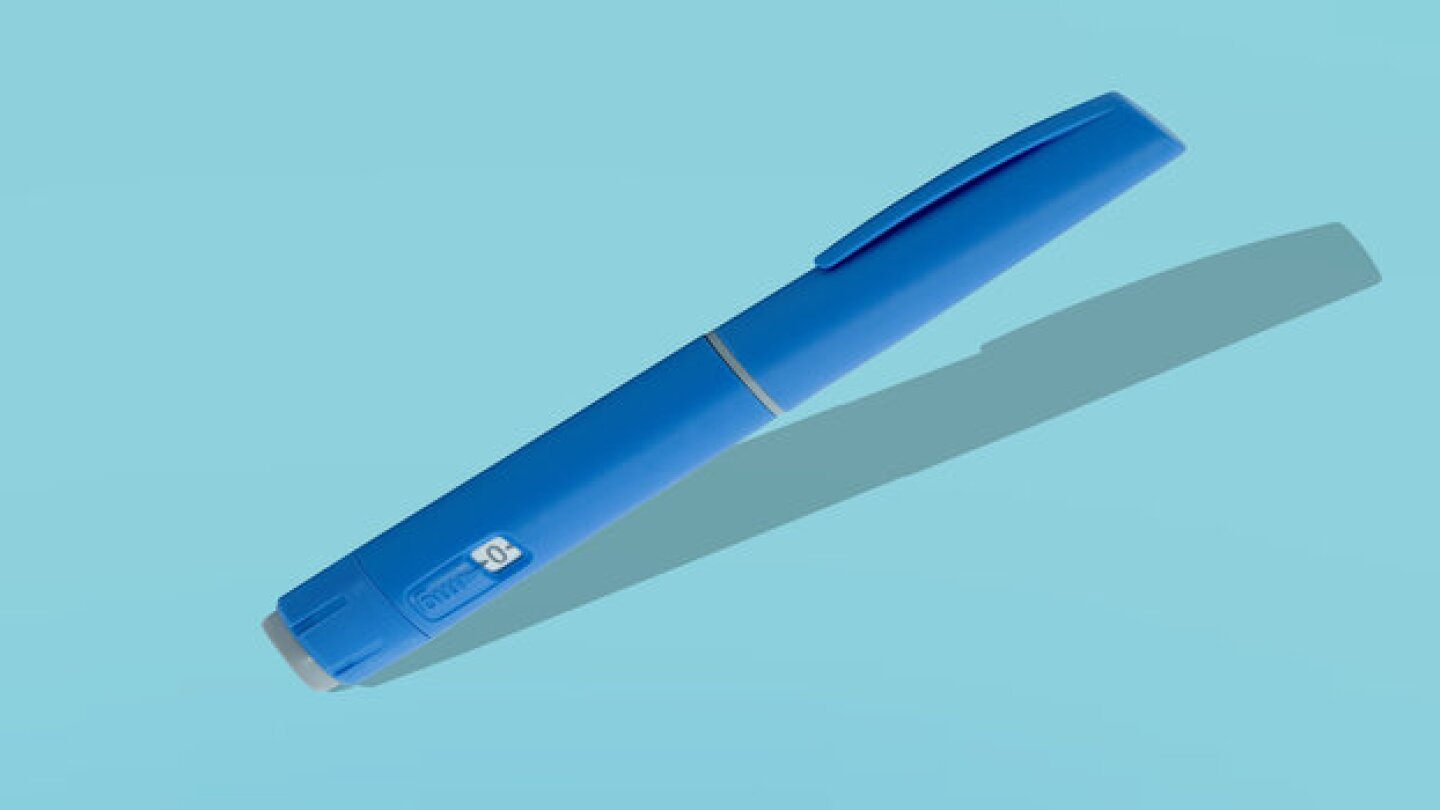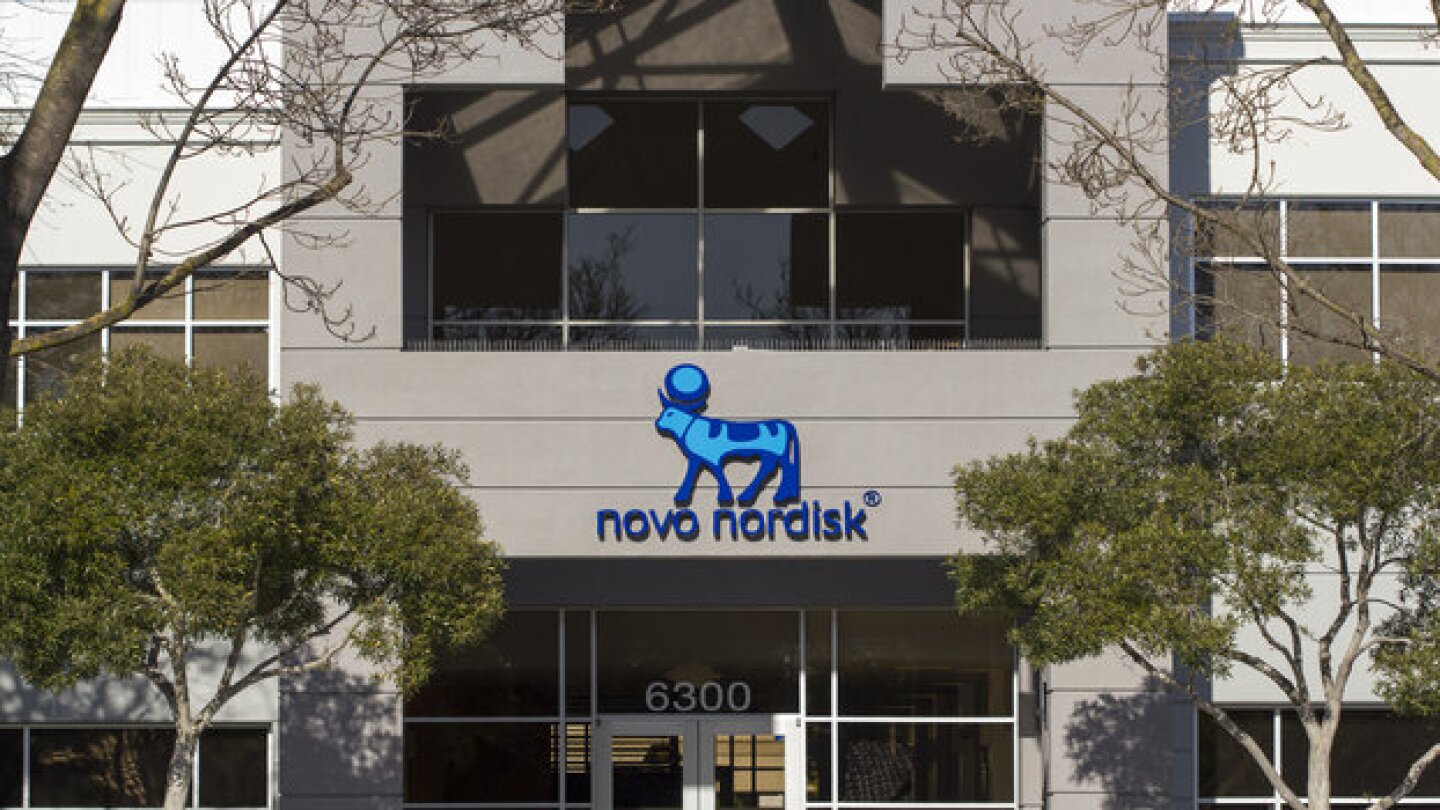Weight loss
Amid a flurry of weight loss readouts, a fresh-on-the-scene startup has come out with Phase I results showing weight loss at day 36 on par with or better than competitors, with few gastrointestinal side effects.
In a high-profile showdown Tuesday with Sen. Bernie Sanders’ Senate health committee, Novo Nordisk CEO Lars Fruergaard Jørgensen will be asked to defend the drugs’ U.S. monthly list prices of $969 and $1,349, respectively.
Novo Nodrisk’s cannabinoid receptor–targeting obesity pill was picked up in the $1.1 billion acquisition of Inversago Pharmaceuticals last year.
With Thursday’s positive opinion from the Committee for Medicinal Products for Human Use, the matter now heads to the European Commission which will have the final say on whether Wegovy’s label will be updated.
Ahead of a Senate health committee hearing next week with Novo Nordisk CEO Lars Jørgensen, Sen. Bernie Sanders claims he has secured assurances from generics developers that they will charge a significantly lower monthly price than the $969 Americans currently pay for the Danish drugmaker’s diabetes blockbuster.
Infusions of Vertex and CRISPR Therapeutics’ Casgevy and bluebird bio’s Lyfgenia have begun; Moderna targets 10 approvals through 2027; more oral obesity drug data; the latest from ESMO and more.
The release of early-stage data on three oral weight loss drug candidates hints at which companies have the strongest hand, but the comparisons are rife with confounding variables, leaving analysts unsure about where to place their bets.
In metabolic dysfunction-associated steatotic liver disease, a retrospective analysis shows that patients on GLP-1 receptor agonists are 14% less likely to progress to cirrhosis.
When doses were increased rapidly in a Phase I study, patients on Roche’s investigational oral GLP-1 receptor agonist experienced nausea, vomiting, constipation, diarrhea, as well as abdominal distension.
On the heels of Terns’ positive Phase I results that analysts compared with Lilly’s and Pfizer’s weight loss pills in development, Novo Nordisk showcased more details about its own oral candidate.
PRESS RELEASES










